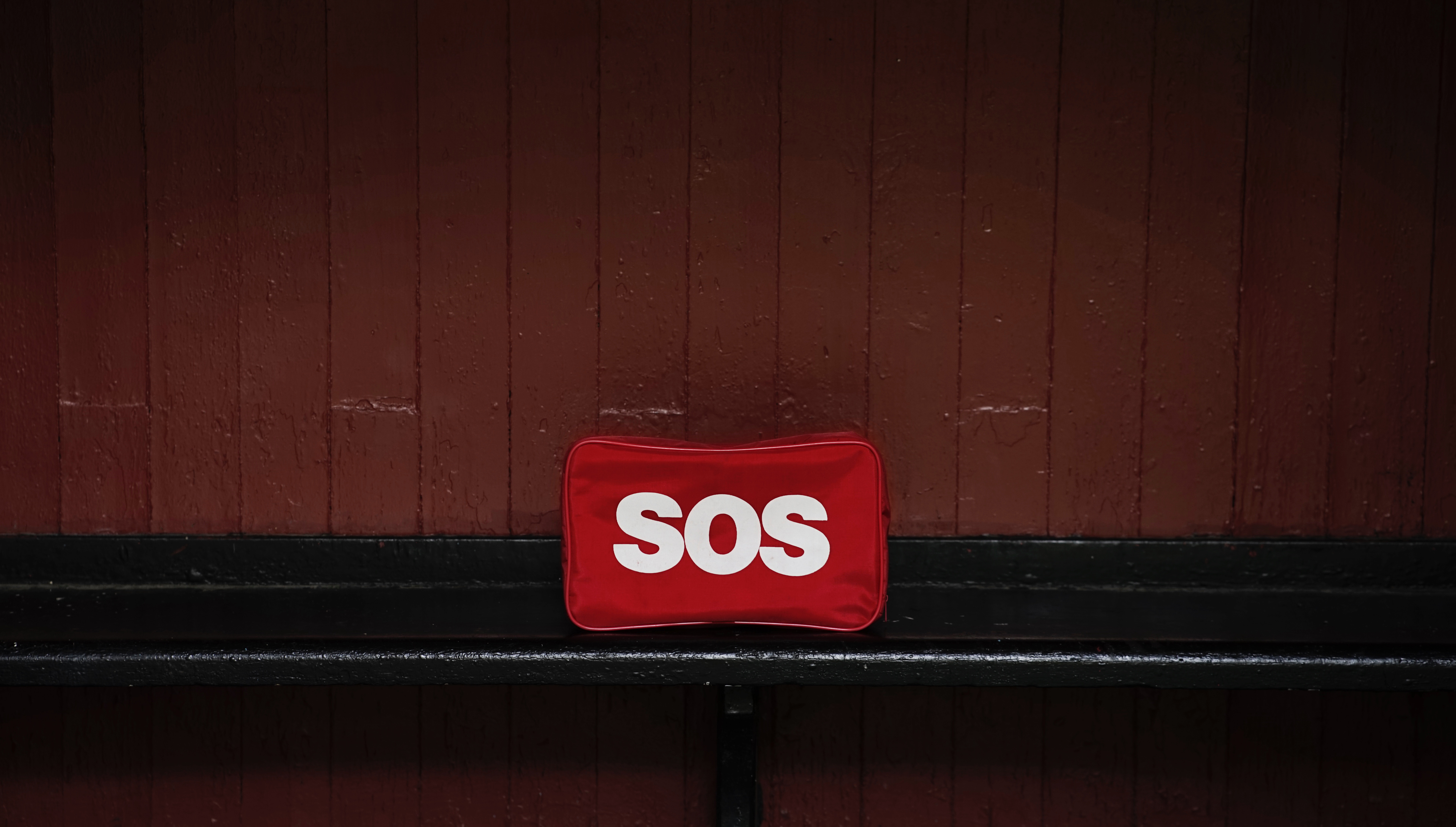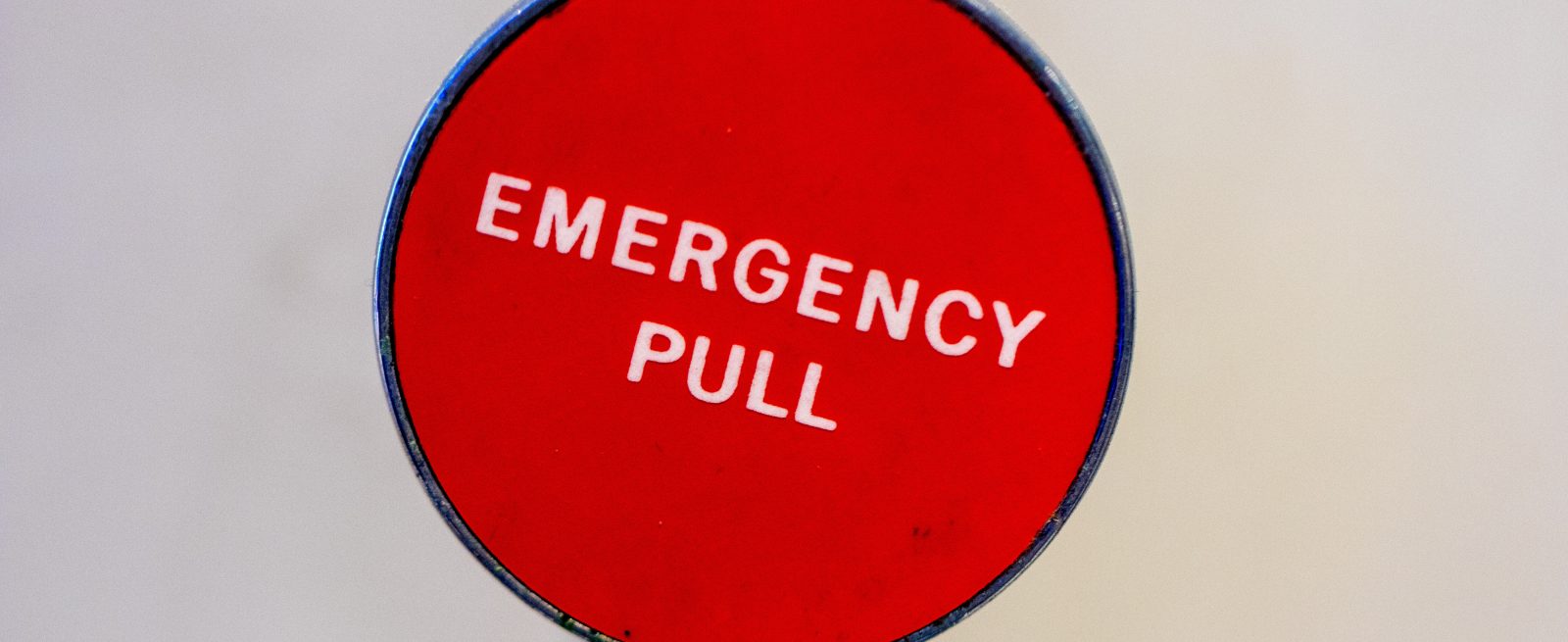A Five-Ingredient Recipe for Restaurant Crisis Management
3 Min Read By Catriona Harris
From a foodborne illness to a kitchen fire, a restaurant crisis can happen instantly. In the restaurant industry, it is often a matter of “when” not “if” a crisis will occur. Add to that the impact of social media, which can spread news of a crisis far and wide in a blink of an eye, and you have a situation that requires restaurants to communicate quickly and effectively to manage a crisis.
While time is of the essence, one misstep in that communication can have unintended, far-reaching consequences. Even large national companies have not been immune to making some crisis management miscues that can damage a brand.
One of the ways you can avoid communication missteps is to develop a thorough and actionable crisis management plan for your restaurant. Here are five key steps to a recipe for preparation that can help you better manage any crisis:
Step 1 – Get Your Crisis Team Together and Designate Spokespersons
National chains have corporate teams and processes that handle communications initiatives like crisis management. However, smaller chains and independent restaurants may not have dedicated communications teams or processes. Regardless of your restaurant’s size, you should begin developing a crisis communication plan by identifying key decision-makers and trusted employees who can help you assemble members of an ideal crisis team.
You might need to designate multiple spokespeople depending on the type of crisis. These spokespeople will speak on behalf of the brand during a crisis, whether it's in a social media post, on TV or to the local newspaper. Do not assume that your spokespeople have experience speaking with the media or are comfortable speaking with media. You will need to assess their degree of experience and comfort so that you can more accurately determine the level of media training each spokesperson needs.

Step 2 – Assign Roles and Responsibilities
After you have assembled the crisis team and selected spokespeople, it is time to assign specific roles on the crisis team. Some of these roles should include:
Food safety lead
- This role, likely held by a kitchen manager, will be responsible for any food handling issues. Restaurants should ensure this role is filled by a member of the operations team, as they are most familiar with the daily processes used when preparing food.
Vendor liaison
- This role can be held by one individual, like a general manager, or by multiple people. The main responsibility of a vendor liaison role is to take ownership of the relationship between the restaurant's different vendors. If a problem occurs, like contaminated product or a recall, the vendor liaison will intervene.
Communications team
- Whether a restaurant partners with a PR firm or has an internal team, the communications team is vital in any crisis plan. Beyond overseeing the messaging and positioning across all channels, the communications team will field media inquiries and handle all social media interactions. Monitoring and ultimately controlling outbound communications from a restaurant is critical. If you do not take control of the narrative, the narrative will control you.
Attorney or legal advisor
- Every restaurant should have an attorney, or some form of legal advisor, on its crisis team. In the event of a large-scale crisis, legal measures may need to be taken.

Step 3 – Refine Your Messaging
Taking the time to develop key messaging ahead of a potential crisis is critical to responding quickly and accurately. An effective means of doing this is to schedule a meeting involving all crisis team members and your spokespeople to discuss various crisis situations and develop specific messaging for each of these scenarios.
Remember that your messaging should be developed with transparency in mind. Crisis situations often require more information sharing than traditional media relations efforts. The level of transparency you provide can mean the difference between maintaining trust in your brand and seriously damaging your restaurant’s reputation.

Step 4 – Make Sure You are Communicating Effectively with all Stakeholders
A comprehensive crisis plan should identify all the major audiences who could potentially be impacted by a crisis, as well as the best channels for reaching those audiences.
You should also keep your finger on the pulse of how key stakeholders are reacting to a crisis by monitoring conversations surrounding the issue. Monitoring how a crisis plays out in both traditional and social media will guide your crisis team in making any necessary adjustments in messaging or strategy.
Step 5 – Keep an Eye on Your Restaurant’s Digital Presence
In the age of social media, any crisis can escalate into a bigger issue online. This underscores the importance of including a detailed and comprehensive social media component to your crisis management plan. Your plan should include a crisis team member with designated responsibility for actively and consistently monitoring owned social channels like Facebook, Instagram, LinkedIn and Twitter, as well as user-review channels like Yelp.
An excellent staff, pleasant environment, reliable vendors and great food are all part of the recipe for creating a memorable dining experience for your customers. While these are key components for a thriving restaurant, your restaurant’s recipe for success should also include establishing a strong communication plan that will help you prepare to effectively manage any crisis.


